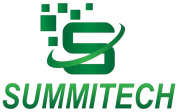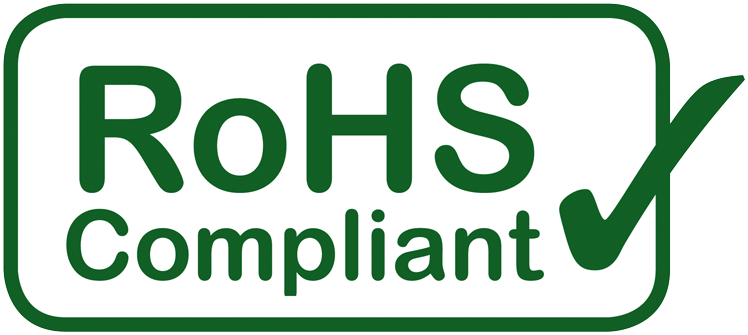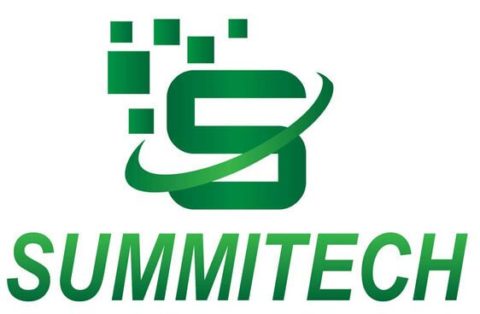If you are a supply-chain specialist or an engineer in the electronics industry, you know what RoHS is. You may even know about RoHS 2. But are you ready for RoHS 3? For those that want to learn, RoHS is the Restriction Of Hazardous Substances, a law that originated in the European Union in 2002. It effectively banned the inclusion of dangerous and hazardous substances in consumer electronics products. Of most concern were the big six substances that cause harm to human beings when they are exposed:
- Lead
- Mercury
- Cadmium
- Hexavalent Chromium
- Polybrominated Biphenyls
- Polybrominated Diphenyl Ethers
The RoHS 2 directive took effect in January of 2013. It covered the same substances, but created clarity around the legal definitions and improved regulatory control. But now we come to RoHS 3, which bans four substances called Phthalates (Fuh-Thay-Lates).
- Bis(2-Ethylhexyl) phthalate (DEHP)
- Benzyl butyl phthalate (BBP)
- Dibutyl phthalate (DBP)
- Diisobutyl phthalate (DIBP)
These phthalates are chemicals that soften plastic. They are the difference between a rigid PVC pipe and a flexible PVC USB cable. They have been shown (in severe exposure cases) to damage the liver, kidneys, lungs, and reproductive systems in animals. These chemicals have begun to show up in the urine of humans in most industrialized areas of the world. In the US, the Congress has already outlawed the use of phthalates in toys and children’s products. But RoHS 3 goes a step further and bans the use of these softeners in all types of electronic equipment which may come in contact with humans.
But what does this mean to you, the supply chain specialist? It means that the products your company builds and sells must be free of these compounds by July of 2019. And since your company orders and inventories component parts for your products, you must ensure that you are buying RoHS 3 compliant components well before the enforcement date. In some cases, components may be inventoried at suppliers or your facilities for over a year before being used to assemble a product, so it becomes critically important that you know your sub-supplier’s plan on removal of these substances. Even more important, you need to know what compounds will replace these banned substances, and how they will affect your costs and lead times.
With this complex and critical change to plastic formulations and the resultant impact to your business, you can turn to Summitech as your supply chain partner. We are working to certify all factories and partners to the new standard and ensure that products will be compliant well within the window of need. Our offshore quality staff visit our facilities personally and audit their compliance so you are assured that your company is covered now and into the future. Drop us a line or give us a call and see how we can help you manage this new requirement easily and cost-effectively.




